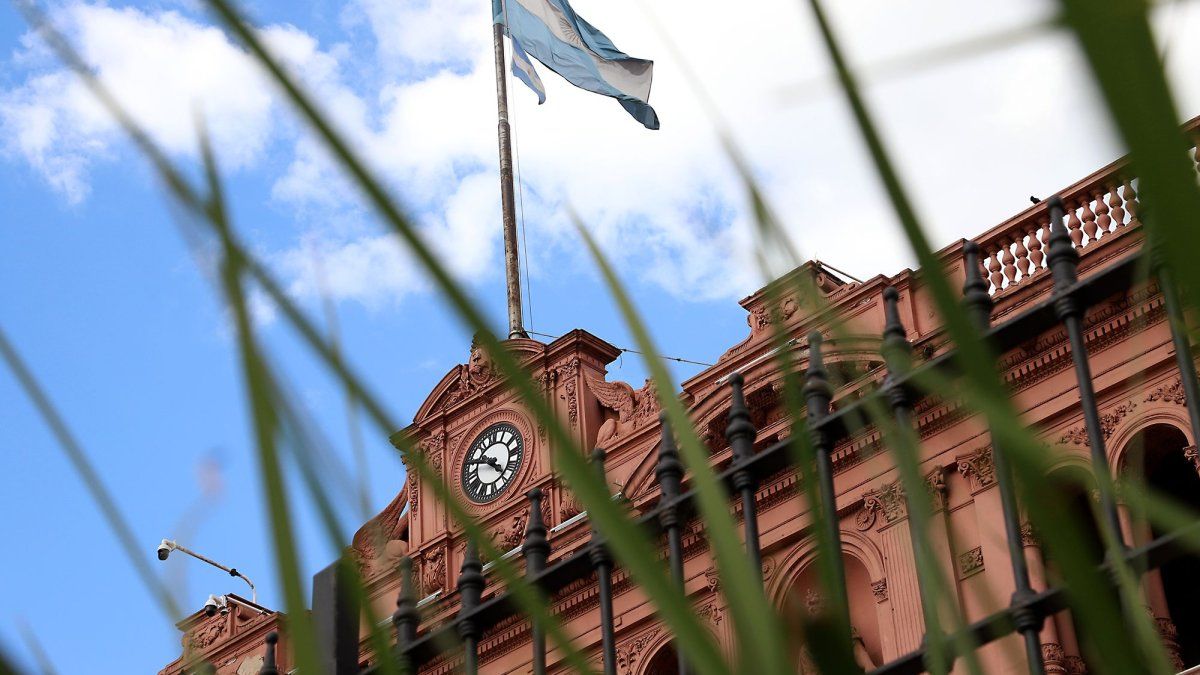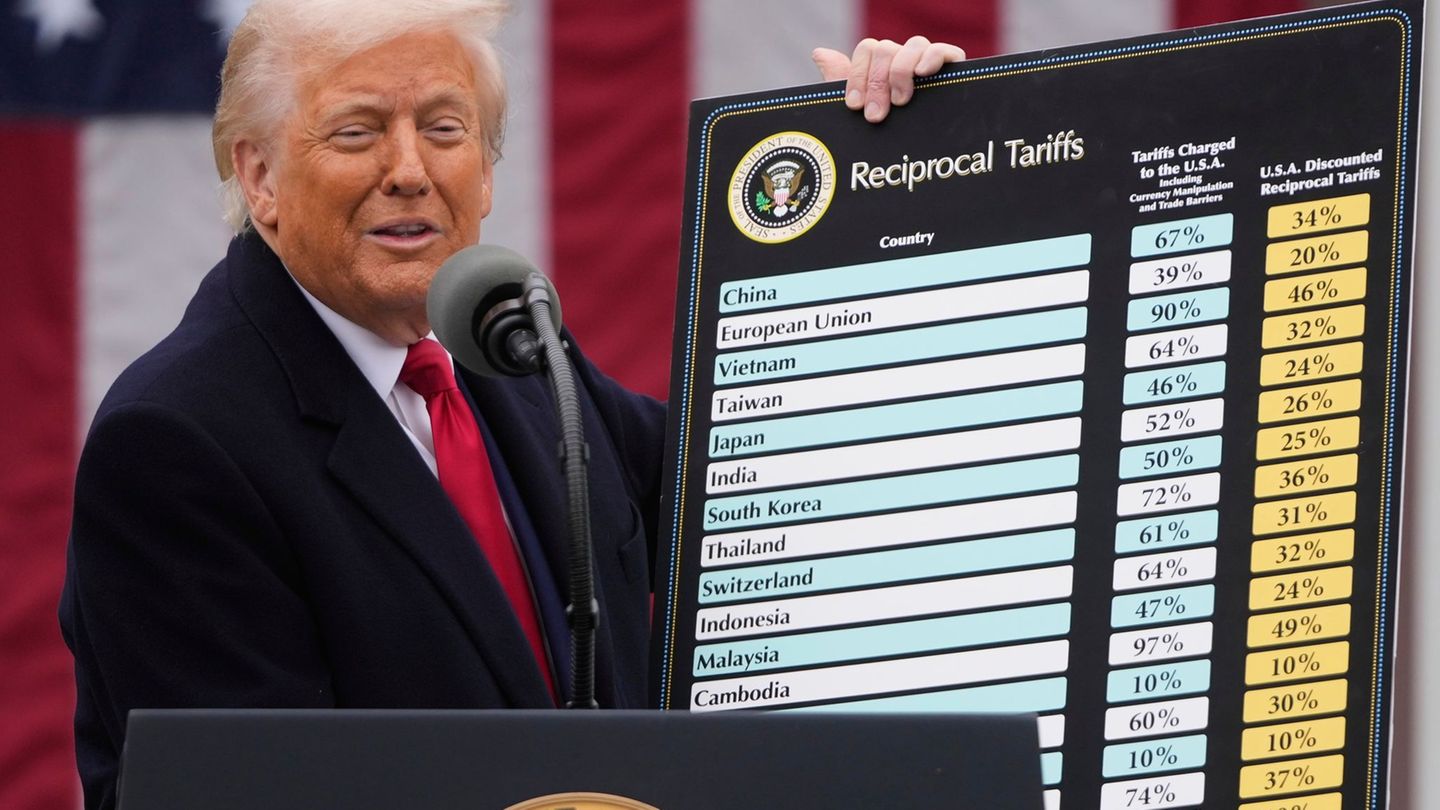The lies had already fallenit was not an “international sudden stop” because of Turkey, which affected the emerging world, but it was an “exclusive sudden stop” of Argentina and, for reasons of an internal nature.
By using the strategy of demonizing the former president, when the electoral polls in April were undeniably favorable to the doctor over the fall of Macri, the self-inflicted damage had already been done. If Cristina eventually returned, Macri would first endure all the hysteria and capital flight that he himself and those around him had created. He flew over the “helicopter” the same government that had created the character of “Cristina Kirchnenstein”, would paradoxically be a victim of the strategy. In addition, the program that came with the IMF II agreement had turned out to be a new failure in terms of inflation and level of activity.
The government resorted to a package of measures that included price controls, subsidies and other mitigating measures that would not bear fruit. Of course, the insignificant plan was not accepted by the markets. The loss of credibility of the BCRA and its erroneous anti-inflationary models, where 4 policy changes were tested in 7 months, did not help either.
In March, the polls showed a tie between CFK and Macri in the second round, but in April they went on to predict a victory for the former president over the head of state. In particular, the dissemination of the score by a pro-government consultancy in which the president appeared nine points below Cristina Kirchner, also in the second round, generated agitation. Together, the polls that previously showed composite results in the first round, with a slight advantage for Macri, In April 2019 they went on to expose Cristina, winner in the first round.
Although the polls six months after the election were not even remotely in vogue, due to the results of Bolsonaro, Trump and Brexit, the possibility of a Peronist return hit investors that frightened Cambiemos, with collapses in titles and shares. But what they feared the most was the new default on the public debt, and an eventual president who could once again preserve national interests, over “the friends of Cambiemos.”
Inflation for March was 4.7%, inflationary expectations continued to rise, it was evident that there was no reaction, beyond the harvest. Investors’ anxiety progressed as the possibility of re-election of the friendly Macri faded.
As we said, the loss of credibility of the BCRA and its misguided anti-inflationary model, its excessive policy permutations in just seven months, where every time a deficient inflation containment data came out or the dollar jumped, it repeated the play, reporting another adjustment considerable monetary gain, raised the contractive base goal even more, all this on a fabric where, in any case, inflation was accelerating due to inertia and previous price hikes for the friends of the energy companies.
When saying Cambiemos, Cambiemos appealed to a package of populist, dirigiste and statist measures: price freeze, discount network for millions of beneficiaries, and ANSES credits. But this package, elaborated “on the spur of the moment”, did not bear the crazy fruits. Inflation did not subside, the monetary program was increasingly restrictive to contain the dollar and inflation, but it ended up destroying credit and economic and industrial activity. The citizen’s bad mood matured, subduing the elective opportunities of Cambiemos, which pushed up the country risk and the exchange rate.
Trying to lower high and chronic inflation only with a recontractive monetary policy is absurd. In the short term, inflation is determined by inflationary inertia. Past inflation conditions the present and, when there are contracts in pesos, they tend to be indexed taking past inflation into account.
With high inflation, the term of the indexation of transactions is shortened. With the tariff increase schedule concentrated in the first part of 2019, regulated prices continued to push inflation upwards. Entrepreneurs tried to recover the margins lost in 2018. Conventional stabilization plans do not reduce inflation, we have proven it over and over again. And the heterodoxy without conviction, without controls or regulations, without plan, never works. A comprehensive plan was imposed that would make it possible to coordinate expectations and break the inflationary inertia.
You had to assist the SMEs that had spoiled. The fear of a difficult evolution until October, led to decide 10 dilettante points asking for a pact with the opposition. They were trying to reduce uncertainty in the middle of the imbalance stage until the presidential election. The freezing of prices and the stimuli to consumption were abandoned by the market. The announcement of the package of measures was seen as drowning slaps.
No one in their right mind thought that inflation would drop or that the precarious macroeconomic stabilizers would bend the trend in the level of economic activity. Private consumption was 11% below the previous year, the measures were irrelevant, and in his approach, they attempted against the fiscal charges assumed before the IMF, when the public accounts already appeared to be straying from the path of the annual goal of “almost zero primary deficit”. ”, due to a collection that fell more than 12% in real terms.
The agreement with leading companies to freeze the prices of 60 essential products in the food basket for six months; announcement of the stoppage of increases in electricity, gas and transport and the exchange band, at the lower limit of $39.75 and upper limit of $51.45, added to the fact that the BCRA would not buy dollars until June 30 if the exchange rate pierced the lower band, did not convince anyone.
The BCRA once again increased the contractionary bias of monetary policy due to lower purchases of foreign currency and higher sales. The decision not to adjust the upper band upwards was aimed at lowering inflation and devaluation expectations. The BCRA was also trying to stimulate a greater supply of dollars from the soybean complex with less expectation of devaluation.
Specifically, the BCRA was looking for a lower dollar, processing the cushioning of another source of inflationary pressures that was the devaluation of the peso.
Nobody imagined that the government would introduce greater controls and fines and launch a network of discounts of between 10% and 25% for the 18 million people who received ANSES benefits in supermarkets, clothing and tourism.. For AUH beneficiaries, discounts of up to 70% on medicines. ANSES credits with funds from the Sustainability Guarantee Fund. Tax debt refinancing plan, with lower interest rates and longer terms, better conditions for businesses, shortening the term from 19 to 10 days in which businesses received the money from the sales they made by credit card, and the export rights for some exporting SMEs.
If it had been a Peronist government the measures would have been repudiated by the hegemonic press and corporations because they put more pressure on the fiscal accounts. It meant more fiscal deficit, more current account deficit due to the real appreciation of the peso and more Leliq issuance, which has pushed up the country risk.
Executive Director of Fundación Esperanza. Graduate Professor UBA and Masters in private universities. Master in International Economic Policy, Doctor in Political Science, author of 6 books. @PabloTigani
Source: Ambito
David William is a talented author who has made a name for himself in the world of writing. He is a professional author who writes on a wide range of topics, from general interest to opinion news. David is currently working as a writer at 24 hours worlds where he brings his unique perspective and in-depth research to his articles, making them both informative and engaging.




